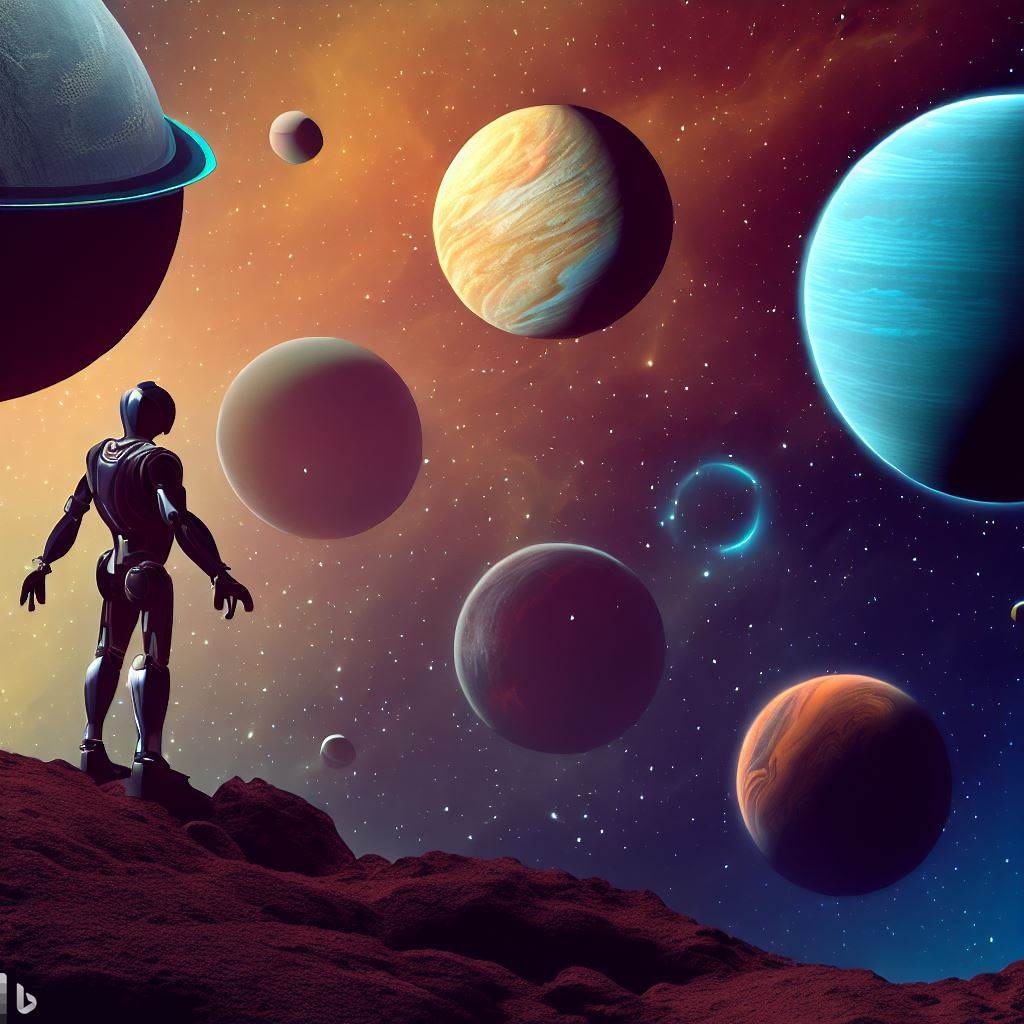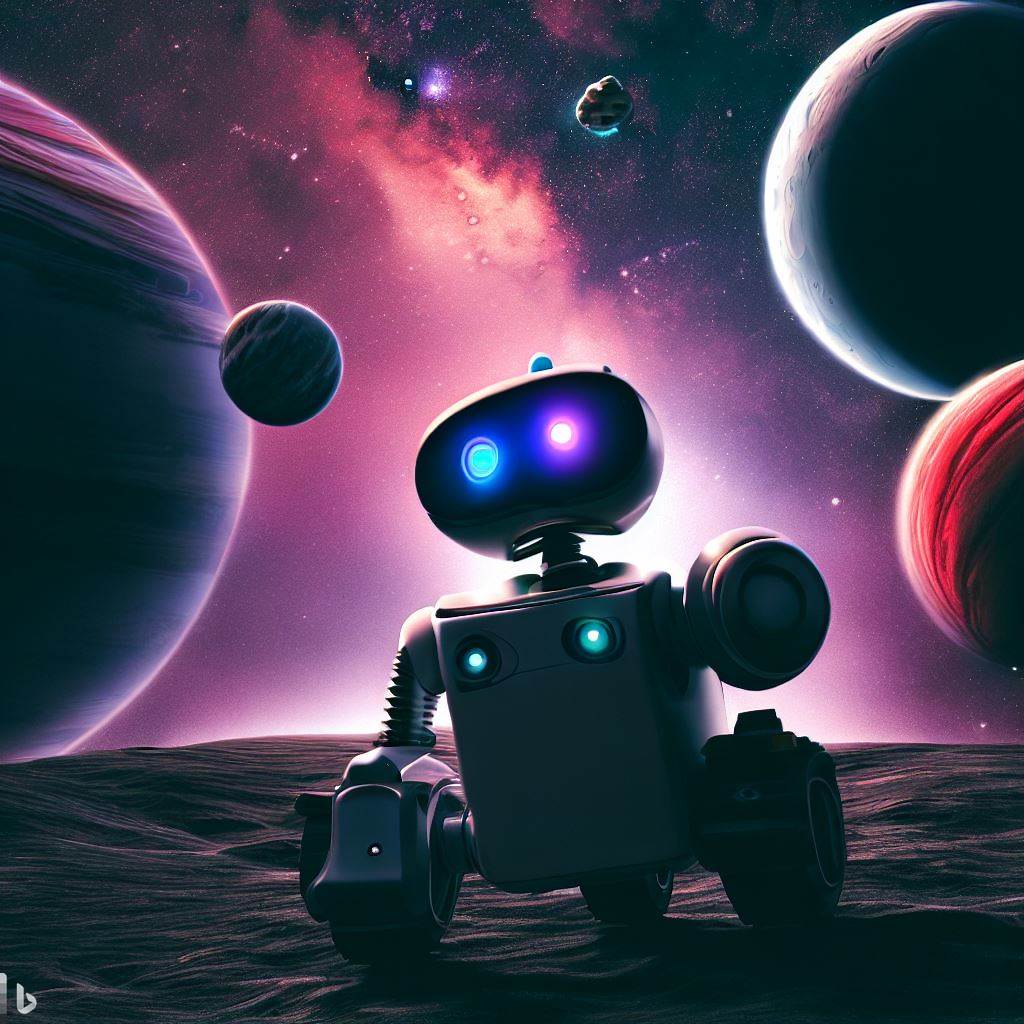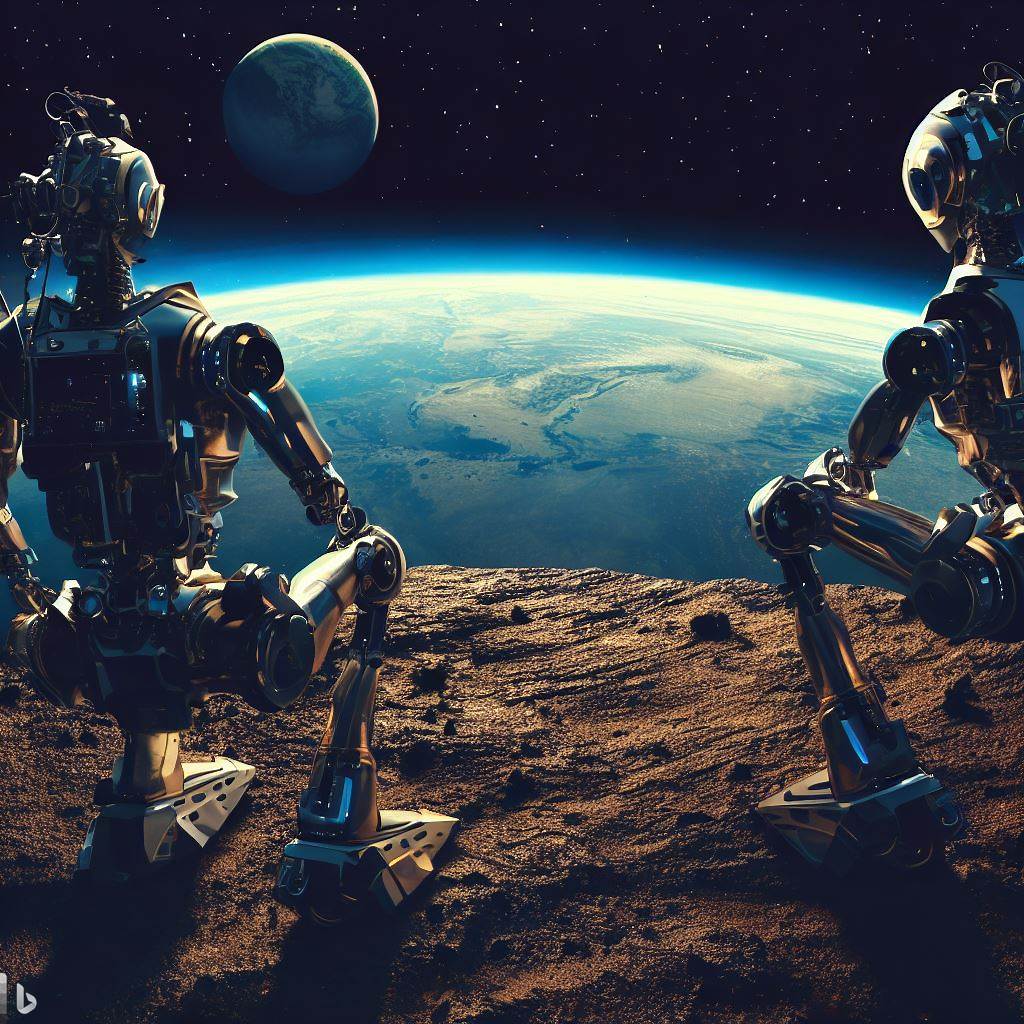The vast expanse of space has always captivated the human imagination, beckoning us to venture beyond our terrestrial boundaries and explore the mysteries of the universe. With advancements in technology, the integration of artificial intelligence (AI) and robotics has emerged as a powerful duo, revolutionizing the way we approach space exploration. This cosmic synergy has the potential to unlock new frontiers, enabling us to traverse distant planets and unravel the secrets of the cosmos like never before.
Enhancing Efficiency and Autonomy
AI and robotics offer unparalleled advantages in terms of efficiency and autonomy in space exploration missions. Autonomous rovers equipped with AI algorithms can navigate treacherous terrains, collect valuable data, and make intelligent decisions in real time. These robotic explorers can analyze and interpret complex environmental conditions, adapt to unexpected situations, and optimize their operations, allowing for more efficient and productive missions with reduced human intervention.
Overcoming Human Limitations
The hostile and inhospitable nature of space poses numerous challenges for human explorers. However, AI and robotics can overcome these limitations, allowing us to explore distant worlds in ways that were previously unimaginable. Robots can endure extreme temperatures, radiation, and a lack of atmospheric conditions that would otherwise be detrimental to human life. By leveraging AI, robots can be equipped with advanced sensory systems, enabling them to perceive their surroundings, detect potential hazards, and interact with the environment in ways that replicate human capabilities.
Precision and Accuracy in Scientific Research
Accurate data collection is crucial for scientific research and analysis. AI and robotics can revolutionize this process by providing precise measurements, reducing human error, and enhancing the reliability of data collected during space missions. Autonomous robots equipped with AI algorithms can conduct scientific experiments, gather samples, and analyze data with unparalleled accuracy. This synergy enables scientists to obtain comprehensive insights into celestial bodies, atmospheric compositions, and geological formations, paving the way for groundbreaking discoveries.
Enabling Long-Term Space Habitation
As we strive for long-duration space missions and the colonization of other planets, the integration of AI and robotics becomes paramount. AI-powered systems can efficiently manage vital resources like air, water, and food, ensuring sustainable life support for astronauts. Advanced robotics can assist in constructing habitats, maintaining infrastructure, and performing maintenance tasks in the hostile environment of space. By automating routine and mundane tasks, astronauts can focus on scientific research, exploration, and adaptation to extraterrestrial environments.
Remote and Teleoperated Exploration
AI and robotics enable remote exploration, allowing us to reach distant planets and celestial bodies that are currently beyond our physical reach. Teleoperated robots controlled by human operators on Earth can traverse inhospitable environments and provide real-time feedback through advanced sensory systems. This approach minimizes risks to human life while expanding our reach and understanding of remote corners of the universe. The integration of AI algorithms allows for intelligent decision-making and adaptive behavior, making these remote explorations more efficient and productive.
Future Prospects: Humanoid Robotics and AI Companions
Looking ahead, the future of space exploration holds the potential for humanoid robotics and AI companions. Humanoid robots, designed to resemble and replicate human capabilities, could accompany astronauts on long-duration missions, serving as companions, collaborators, and assistants. These intelligent companions could provide emotional support, assist in complex tasks, and enhance the overall well-being of astronauts during extended space travel. The fusion of AI and robotics could bring us closer to a future where humans and machines work in perfect synergy to conquer the challenges of space exploration.
Summary
The integration of AI and robotics is reshaping the landscape of space exploration. This powerful combination offers enhanced efficiency, autonomy, precision, and adaptability in our quest to unravel the mysteries of the universe. With AI algorithms and robotic systems at our disposal, we can overcome the limitations of human exploration, expand our reach to distant planets, and gather invaluable data to deepen our understanding of the cosmos. As we venture further into the final frontier, the cosmic synergy between AI and robotics will continue to propel us toward new frontiers, unlocking a universe of possibilities for humanity’s odyssey among the stars.



